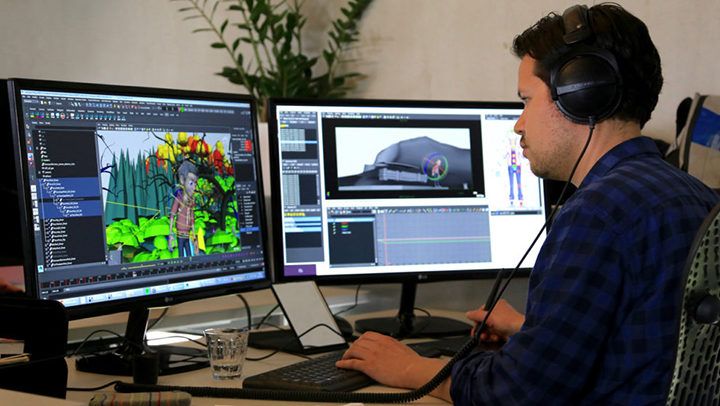
Building a Computer for Animation and 3D Rendering
Introduction
Animation and 3D rendering are highly demanding tasks that require a powerful computer system. Whether you are an animator, graphic designer, or a 3D artist, having a well-optimized computer can significantly boost your productivity and deliver faster and more impressive results. In this article, we will explore the essential components and considerations for building a computer specifically tailored for animation and 3D rendering.
Processor (CPU)
The central processing unit (CPU) is the brain of your computer and plays a crucial role in animation and 3D rendering. For optimal performance, consider investing in a high-end CPU with multiple cores and a high clock speed. Intel’s Core i9 or AMD’s Ryzen 9 processors are excellent choices that can handle the demanding tasks of animation and 3D rendering efficiently.
Graphics Card (GPU)
When it comes to rendering complex 3D scenes or working with advanced animation software, a powerful graphics card is a must. Look for a GPU with a large number of CUDA cores or stream processors, high VRAM, and good rendering capabilities. Nvidia’s RTX series or AMD’s Radeon RX cards are recommended options that can significantly enhance your workflow and provide smooth real-time previews.
Memory (RAM)
Having sufficient RAM is essential for handling complex animations and large rendering projects. Aim for at least 16GB or preferably 32GB of RAM to ensure smooth multitasking and efficient handling of data-intensive tasks. This ample memory capacity will allow you to work on multiple scenes simultaneously without experiencing performance bottlenecks.
Storage
For animation and 3D rendering, a combination of fast and spacious storage options is beneficial. Solid-state drives (SSD) offer quick access to files and accelerate software loading times, while traditional hard disk drives (HDD) provide ample storage capacity for project files and assets. Consider having a dedicated SSD for your operating system and software, along with a larger HDD for storing your projects and source files.
Monitor
Investing in a high-quality monitor is crucial for accurately visualizing your animations and rendered scenes. Look for a monitor with a high resolution (at least 2560×1440 or higher), a wide color gamut, and good color accuracy. Additionally, consider displays with an IPS or OLED panel for better viewing angles and color reproduction, ensuring the fidelity of your work.
Cooling and Power Supply
An animation and 3D rendering workstation can generate a significant amount of heat due to prolonged and intensive usage. Having adequate cooling solutions, such as efficient fans and a well-designed case with proper airflow, is crucial to maintain optimal performance and prevent components from overheating. Additionally, ensure that your power supply unit (PSU) has enough power and is of high quality to ensure stable and reliable operation.
Conclusion
Building a computer optimized for animation and 3D rendering requires careful consideration of various components. Investing in a powerful CPU and GPU, sufficient RAM, and a combination of fast and spacious storage options will enhance your workflow and deliver faster rendering times. Pairing your system with a high-quality monitor and implementing effective cooling solutions further ensures smooth and efficient operation. By building a well-tailored computer for animation and 3D rendering, you are bound to experience improved productivity and unlock your creative potential.


